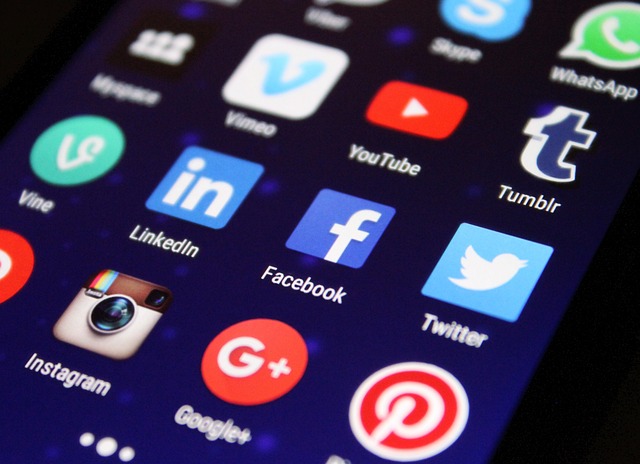Exploring the Pitfalls of Visual Addiction: How Screens Hijack Our Brains
In today’s digital age, screens dominate our lives. From smartphones to tablets, laptops to televisions, the allure of multimedia is ever-present. However, this convenience comes at a cost – visual addiction is creeping into our daily existence, changing the way we think, interact, and even feel.
The Allure of the Screen
Have you ever found yourself scrolling endlessly through social media, watching video after video, or binge-watching an entire season of a series in one sitting? You are not alone. The bright colors, engaging visuals, and continuous stream of content create a magnetic pull that can be difficult to resist. But beneath this surface, the consequences of visual addiction lurk, impacting our mental health and overall well-being.
How Visual Addiction Works
At its core, visual addiction exploits our brain’s reward system. Our brains release dopamine – the feel-good neurotransmitter – each time we encounter new information or stimulation from our screens. This cycle can quickly lead to habitual use, where we seek that instant gratification more frequently, often at the expense of more meaningful, real-life interactions.
The Signs of Struggle
Identifying visual addiction can be challenging. It often masquerades as a harmless pastime or a means to unwind. However, if you find yourself prioritizing screen time over real-life relationships, neglecting responsibilities or hobbies, or feeling anxious without your device, it may be time to reassess your habits. These are early signs that your visual consumption may be tipping into an unhealthy obsession.
The Emotional Toll
Besides the distraction and loss of productivity, visual addiction can lead to emotional exhaustion and feelings of loneliness. Ironically, an abundance of virtual connections often leaves us feeling emptier. As we engage more with screens, we might be withdrawing from genuine human interactions, leaving us emotionally depleted.
Breaking Free from the Screen
Breaking the cycle of visual addiction isn’t necessarily about giving up screens entirely. Instead, it’s about finding balance. Here are a few practical steps to consider:
- Set Time Limits: Designate specific times for screen use and stick to them. Consider using apps that help track and limit your usage.
- Engage in Screen-Free Activities: Rediscover hobbies that don’t involve screens. Read a book, take a walk, or engage in face-to-face conversations.
- Mindful Consumption: Be conscious of the content you consume. Opt for activities that stimulate your mind positively and inspire creativity.
- Practice Rest: Make it a point to unplug from screens at least an hour before bedtime. This will help your brain to unwind and improve sleep quality.
Recognizing the signs of visual addiction is the first step in reclaiming control over your time and mental space. By becoming more conscious of your screen habits, you can foster a healthier relationship with technology, paving the way for a more fulfilling life.




